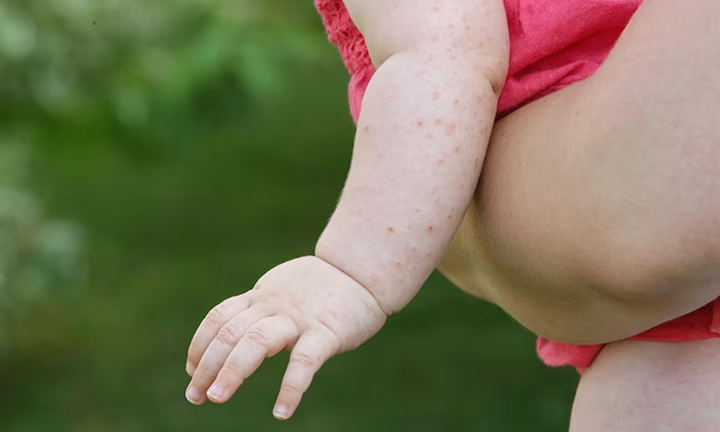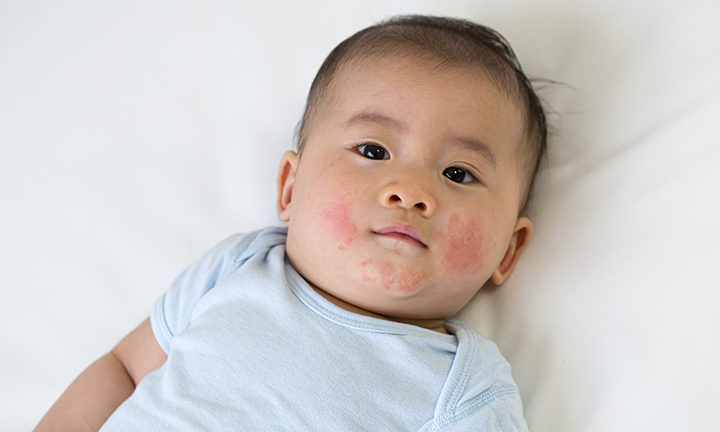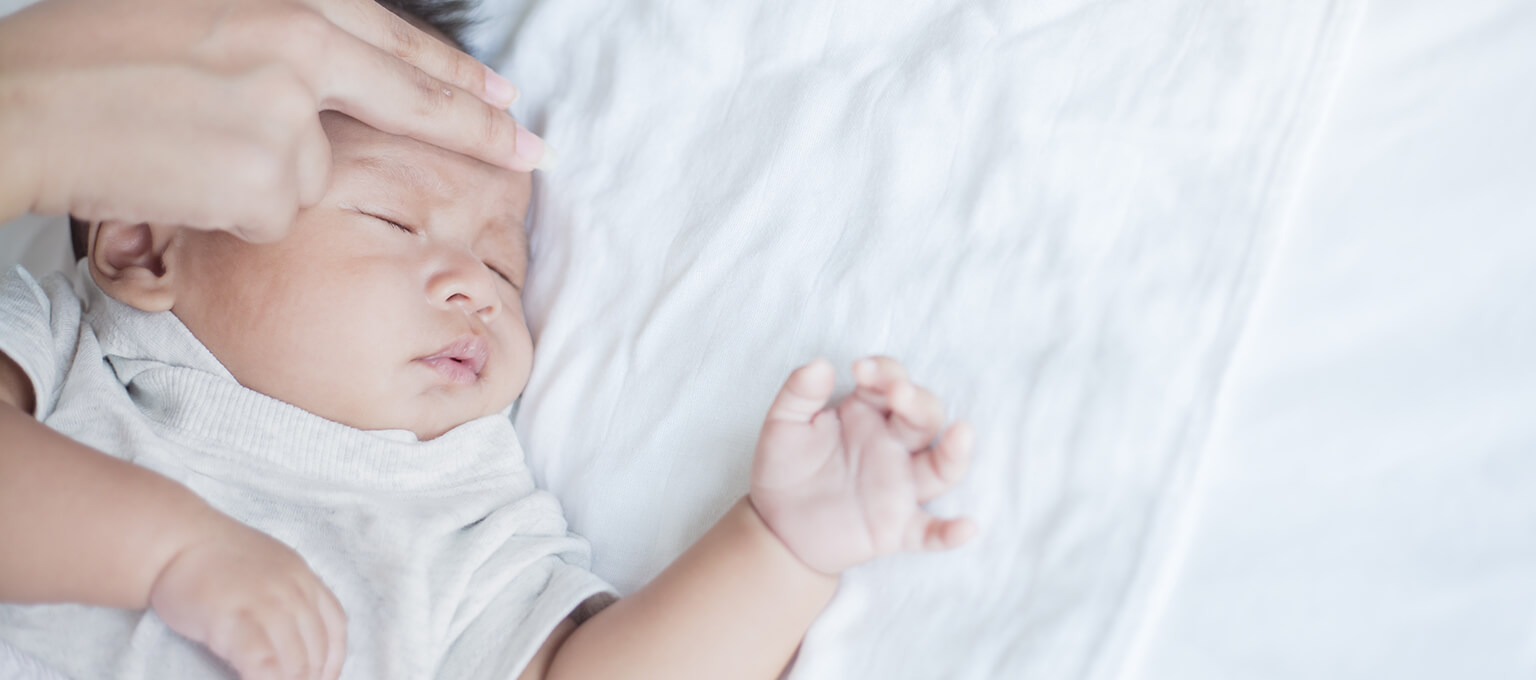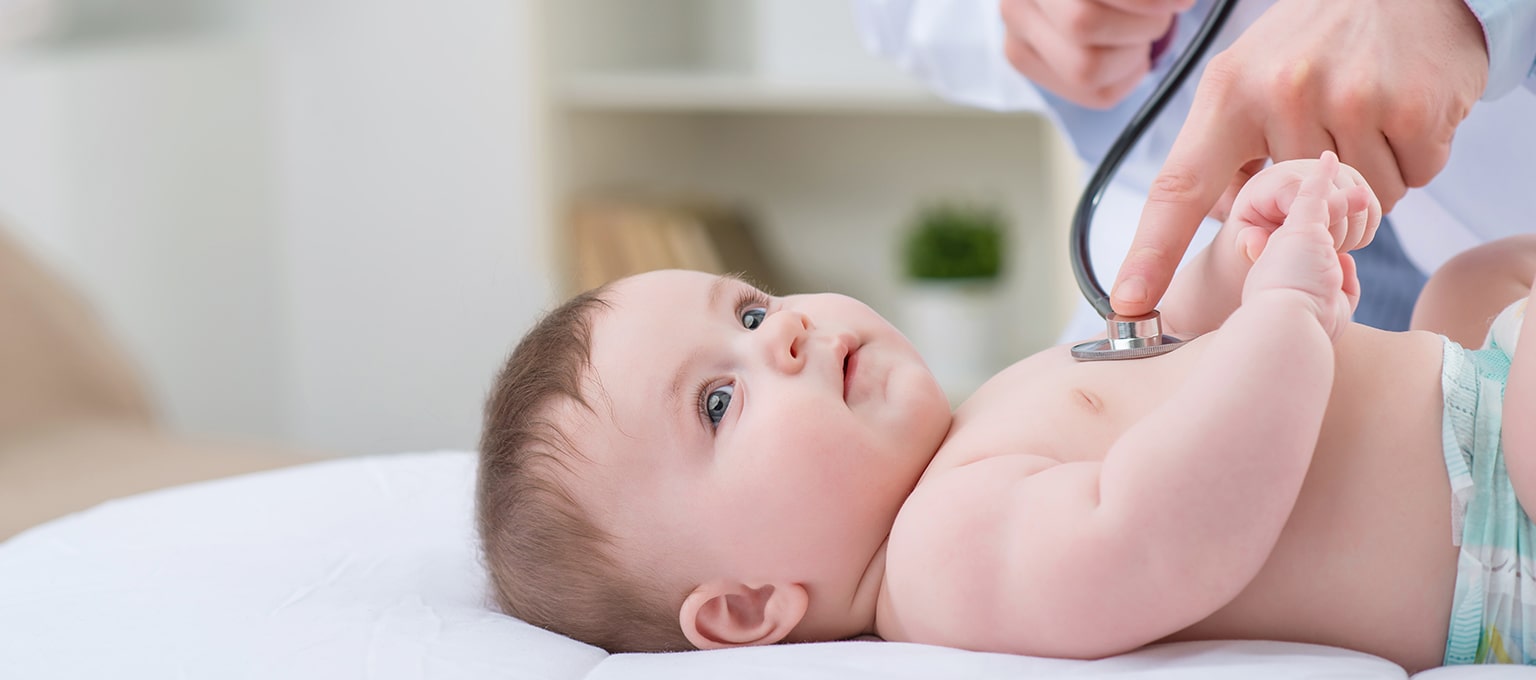
Heat Rash in Babies and Toddlers
Heat rash can be uncomfortable for your child, and that can be distressing for you as a parent too. The good news is it doesn’t usually last too long and there are ways you can help soothe your baby’s itching as well as help prevent the rash from re-appearing. Read on to learn why heat rash can happen, the symptoms of heat rash in babies and toddlers, the remedies that could be effective and when you might need to see your child’s doctor for treatment.
What Is Heat Rash?
Heat rash, sometimes also known as prickly heat, is a usually harmless, common childhood rash that can appear when excessive sweating leads to blocked sweat ducts, trapping sweat under the skin.
What Causes Heat Rash in Babies?
Heat rash is usually caused by your baby’s body producing too much sweat, leading to blocked sweat ducts. This means that instead of evaporating, the perspiration becomes trapped under the skin, leading to a rash a few days later. Heat rash can occur in adults and older children too, but babies are especially likely to get it because their bodies aren’t yet as good at regulating their temperature. Heat rash is more likely to develop when the weather is hot and humid.
What Does Heat Rash Look Like?
The main heat rash symptoms are tiny red spots, that may itch or feel ‘prickly’. Heat rash can appear anywhere on your baby’s body, including the face and chest, but you’re most likely to see it in the folds of the skin and in areas where clothing can rub, like the neck and nappy area. There are a few different types of heat rash:
What’s the Best Treatment or Remedy for Heat Rash?
Heat rash isn’t considered a serious condition, and it normally goes away on its own after a few days without any special treatment other than keeping your child cool. However, there are a few home remedies for heat rash you can try to help soothe the itching and keep your child comfortable:
Can You Prevent Heat Rash?
You may not be able to prevent heat rash in every case, but you can help make it less likely to occur by taking the following precautions:
When Should You See a Doctor?
Prickly heat typically goes away in just a few days without causing issues, but if the symptoms last longer or the rash seems to be getting infected, see your child’s doctor for a diagnosis and treatment advice. Signs of an infection can include:
The Bottom Line
It may be difficult seeing your baby or toddler in discomfort from heat rash, but it’s reassuring to know that it will go away soon enough and in the meantime you may be able to help soothe the itching by keeping the affected area cool, for example. Although heat rash may not always be avoided, there are some easy steps you can take to reduce the risk, so it’s worth keeping these in mind, particularly in the warmer months.
The information in this article is based on the expert advice found in trusted medical and government sources, such as the National Health Service (NHS). You can find a full list of sources used for this article below. The content on this page should not replace professional medical advice. Always consult medical professionals for full diagnosis and treatment.
Read more about Baby
Related Articles
Join Pampers Club and get:














